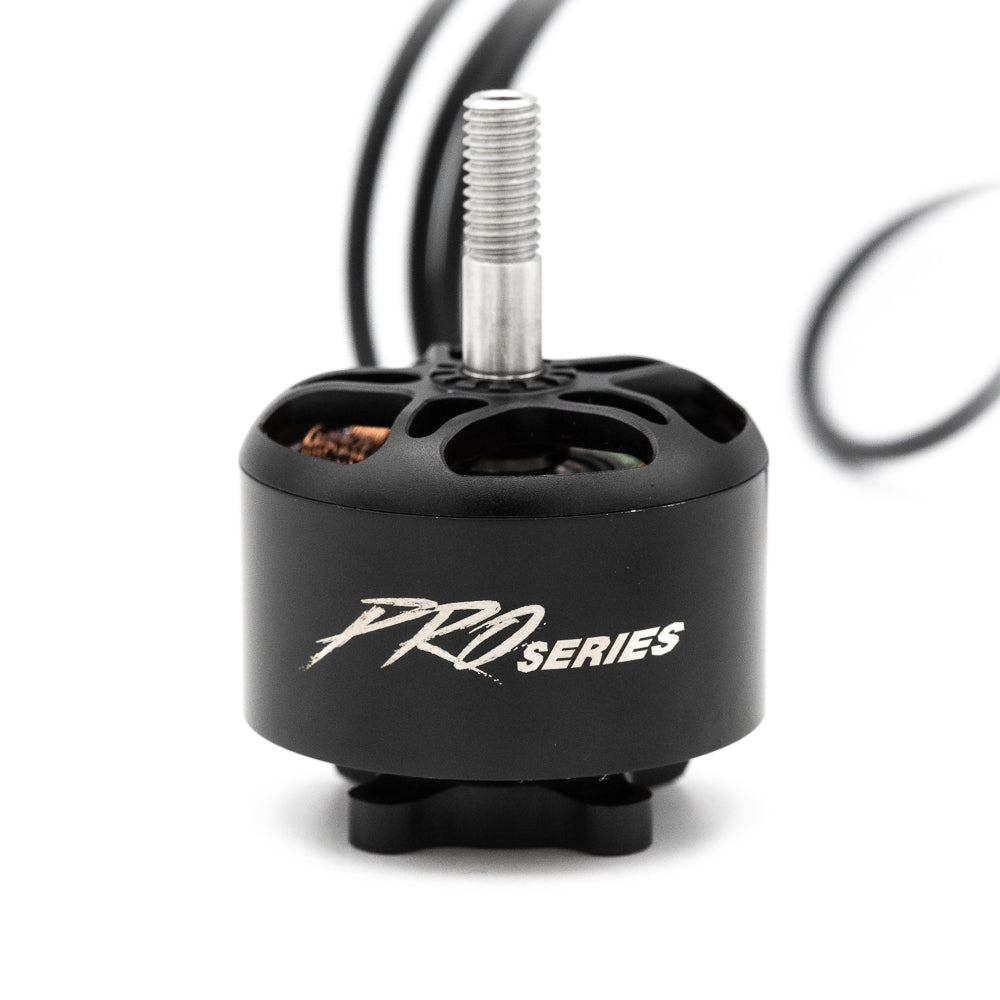Choosing the right brushless motor can significantly impact the success of your DIY projects. Whether you’re building a drone, designing a robot, or creating an electric vehicle, selecting a suitable motor is crucial for achieving optimal performance. With various options available, the process can feel daunting. This article offers practical tips to help you choose the perfect brushless motor tailored to your specific project needs, ensuring you achieve your desired outcomes smoothly and efficiently.
Understand Your Project Requirements
Define Your Goals and Objectives
Before you dive into the specifications of brushless motors, take time to outline the goals of your project. Ask yourself specific questions: What tasks will the motor perform? Will it need to provide high torque for lifting heavy components, or are you prioritizing speed for faster movement? Do you plan to use the motor in a stationary setup, or will it be mobile? Understanding these basic requirements lays a solid foundation for what kind of motor best suits your needs. By having clear project objectives, you’ll streamline your decision-making process when evaluating potential motors.
Assess Environmental Conditions
Different projects may take place in varying environmental conditions, each bringing unique challenges. If your motor will operate outdoors, ensure that it can withstand elements like dust, moisture, and temperature fluctuations. Look for motors that offer some degree of weather sealing or rugged design. It’s also valuable to consider the operating temperature range of the motor. If your project will be exposed to extreme heat or cold, selecting a motor designed for those conditions will increase reliability and performance. On the other hand, if your project will be indoors, you may focus less on ruggedness and more on precision and efficiency.
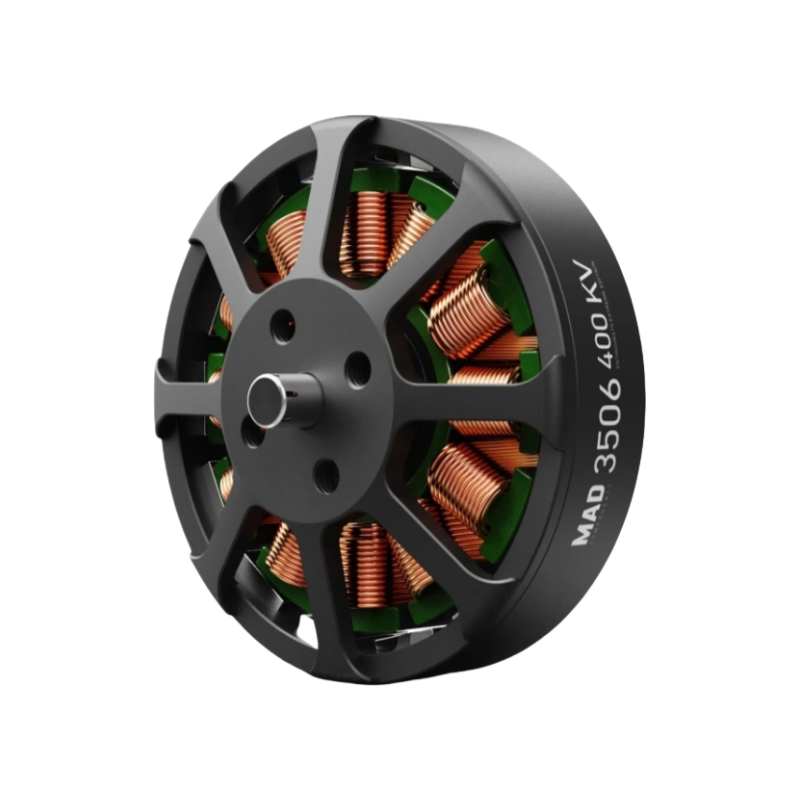
Know the Types of Brushless Motors
Explore the Variants
Brushless motors come in various types, primarily categorized into two main categories: inner rotor and outer rotor motors. Inner rotor motors have the rotor inside the stator, allowing for a compact design. This type typically offers higher speeds and better torque-to-weight ratios, making it ideal for dynamic applications like drones and high-performance RC vehicles. On the other hand, outer rotor motors have the rotor surrounding the stator, providing benefits in torque and mechanical stability, which is particularly advantageous for larger and heavier setups. Recognizing the advantages and limitations of each motor type will better prepare you to choose the most suitable option for your project.
Consider Specialty Motors
In addition to the typical types, specialized brushless motors exist, such as sensorless and sensored models. Sensorless motors operate without physical sensors and rely on back EMF for operation. While simpler and typically cheaper, they may offer less precision in certain applications. Sensored motors are equipped with built-in sensors to provide more accurate position feedback, making them ideal for tasks requiring high accuracy and smooth operation. Depending on your project’s complexity and performance expectations, consider which type aligns best with your specific performance needs and operational constraints.

Evaluate Key Specifications
Voltage and Current Ratings
When selecting a brushless motor, voltage and current ratings are essential specifications. Each motor operates efficiently within a specific voltage range, typically indicated in the motor’s datasheet. Always ensure to pick a motor that matches the power supply you plan to use; a mismatch can lead to poor performance, overheating, or even damage to the motor. Furthermore, current ratings indicate how much electrical current a motor requires to operate effectively. It’s vital to ensure that your power source can provide adequate current for sustained operation. A power supply lacking sufficient current can lead to motor stalling or erratic performance during critical tasks.
Speed (RPM) and Torque Ratings
Understanding the motor’s speed (measured in revolutions per minute or RPM) and torque ratings is critical for successful integration into your project. Speed determines how fast the motor can spin and affects the overall responsiveness of your design. A higher RPM is generally better for applications requiring rapid movements, while torque refers to the rotational force the motor generates. Torque is especially crucial in scenarios necessitating higher loads, ensuring that the motor can complete tasks without stalling or losing power. Make sure that both the speed and torque ratings align well with your project requirements, and strike a balance that accommodates both speed and power as needed.
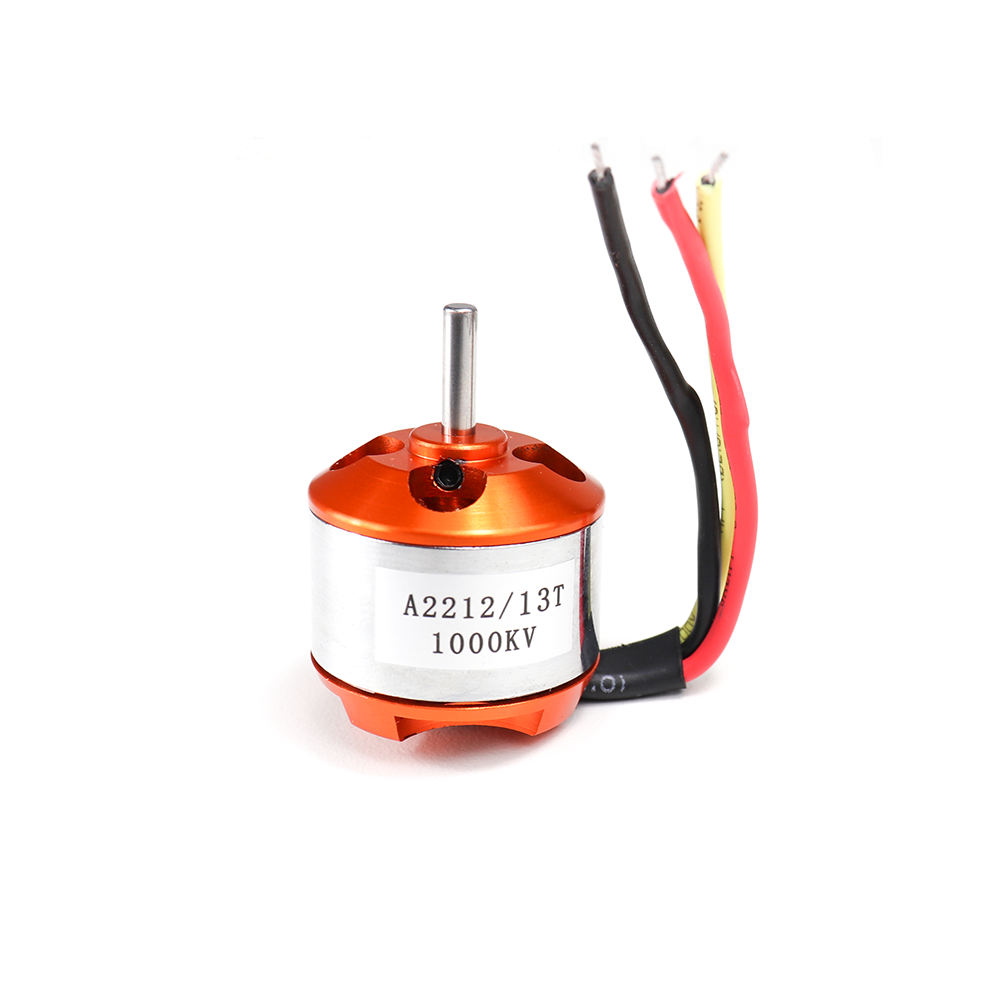
Consider Size and Weight
Assessing Your Space Constraints
The physical size of the motor can significantly affect its fit within your project. Measure the available space carefully and ensure that the motor you choose can fit comfortably without crowding or interfering with other components. Miniature designs often favor smaller motors, but it’s essential to verify that reduced dimensions do not compromise performance. In more complex builds, you may need to consider mounting options and access to other components as well. If you’re working on compact designs, you might want to opt for a smaller motor but always remain aware that smaller motors sometimes come with trade-offs in terms of power output and efficiency.
Balancing Weight and Performance
Weight is another critical factor, particularly in applications like drones, where every gram can impact flight dynamics. A lighter motor will enhance your drone’s flight time, allowing it to stay airborne longer and perform better. Consider the distribution of weight across your design; an unbalanced load can lead to stability issues. If you’re building a robot or an electric vehicle, ensure that the weight distribution allows for smooth movement without straining the components. Balancing size and weight while ensuring performance will help achieve the desired outcomes in your DIY projects.
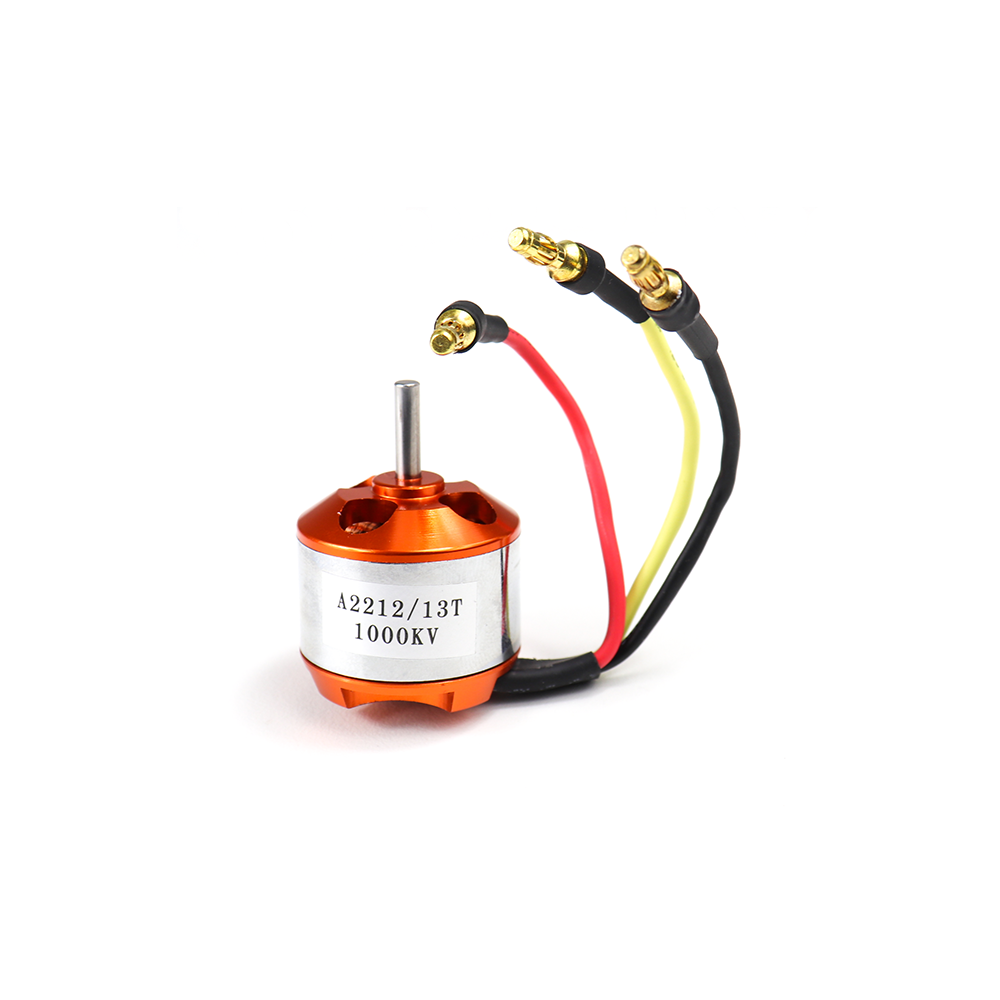
Look for Quality and Reliability
Research Trusted Brands
When selecting a brushless motor, prioritize quality and reliability. Research brands known for producing high-quality brushless motors that cater to enthusiasts and professionals alike. Read expert reviews and user experiences to gauge the performance and longevity of different motors. Some companies have established a reputation for dependable products, and investing in a well-regarded brand ensures that you’re likely to receive a durable motor capable of handling the demands of your project. Understanding the industry landscape and what constitutes reliable manufacturing practices will help you avoid subpar products that can derail your objectives.
Evaluate Customer Reviews and Feedback
Customer reviews are invaluable when deciding on a brushless motor. They can reveal performance insights, durability, and potential issues that specifications alone can’t convey. Seek out forums, online communities, and product reviews to gauge overall satisfaction from previous users. Look for common themes, such as reliability issues or performance inconsistencies, that might affect your choice. Real-world experiences often provide clarity beyond marketing claims, helping you make a more informed decision while saving time and resources.
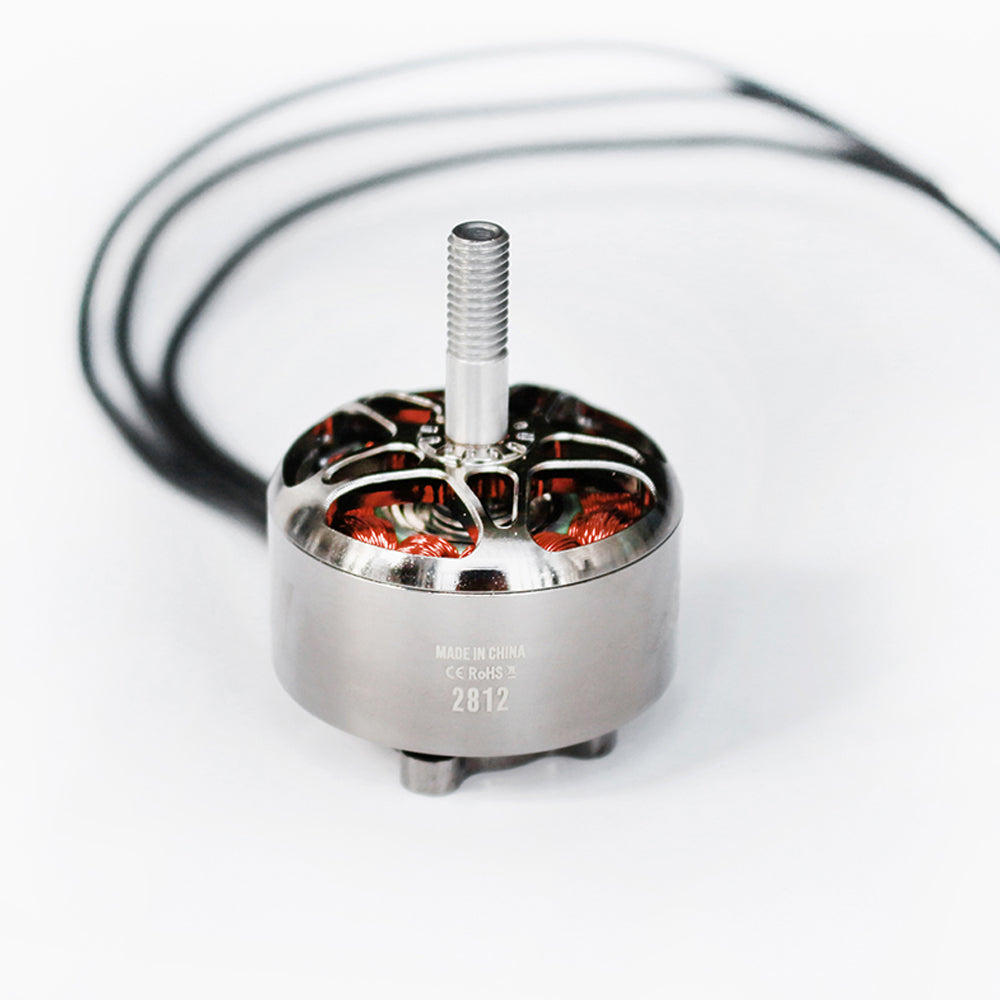
Factor in Compatibility with Controllers
Ensure Electronics Match
Brushless motors operate in conjunction with electronic speed controllers (ESCs) to facilitate smooth operation. Therefore, ensure that the motor’s specifications align well with the ESC you plan to use. Some motors require specific ESCs designed to match their voltage and current specifications, so reviewing these key attributes is crucial in preventing operational issues or even component damage. A well-matched motor and ESC ensemble enhances overall efficiency and responsiveness, making your project more enjoyable to operate.
Programming and Settings
Many modern ESCs offer programmable features that enhance motor control and usability. Check whether the brushless motor you’re considering supports advanced programming capabilities. Features may include adjustable throttle curves, braking parameters, and various operational modes. With these features, you can fine-tune the performance to your specific application. Such programming capabilities prove invaluable when adjusting for different scenarios, ensuring your motor can cater to multiple tasks effectively and efficiently.
Price Considerations
Evaluate Budget Constraints
Price varies widely across different brushless motors, depending on their specifications and features. Determine your budget ahead of time to prevent overspending, but keep in mind that quality often comes at a higher price point. Evaluating cost versus performance can impact your overall satisfaction with the motor. Choosing a cheaper motor might save money initially, but this could lead to failures or the need for replacements, causing additional expenses and headaches in the future. Always balance your budget with the long-term benefits of higher quality.
Compare Options
Once you’ve set a budget, look at different options within that range. Compare technical specifications, brand reputations, and customer reviews to find the best value for your money. Don’t hesitate to explore multiple retailers or online platforms for deals or discounts, as manufacturers sometimes offer promotions or bulk-buy discounts. Investing a little more upfront often leads to better performance, reliability, and longevity, making it a smart choice for your DIY project. By taking the time to research and compare, you ensure a sound investment in your project’s success.
Putting it All Together
Selecting the perfect brushless motor for your DIY projects involves more than mere specifications; it requires careful consideration of various factors, from understanding project requirements to ensuring compatibility with controllers and evaluating price. With diligent research and analysis, you can find a motor that fits seamlessly into your design, empowering you to reach your desired project outcomes without frustration.
By defining your goals clearly and assessing environmental needs before exploring different types of brushless motors, you can hone in on the most suitable choices. Evaluating key specifications like voltage, torque, and RPM ratings will ensure that your motor can meet the specific demands of your application. Don’t overlook size and weight constraints, especially for applications like drones, where a streamlined design is essential for optimal performance.
Ultimately, prioritize quality and reliability. Choose trusted brands and consult customer reviews to benefit from existing user experiences. Pay careful attention to compatibility with electronic speed controllers and any programming features that may enhance flexibility and performance in real-time applications. While price matters, consider investing wisely in a motor that aligns with your long-term objectives.
By following these tips, you’ll be better equipped to make an informed decision when selecting a brushless motor for your DIY projects. Embrace the journey of innovation and creativity, and unlock the full potential of your designs with the right motor! With the right components at your disposal, you can transform your ideas into reality and enjoy each step of your project more fully.
